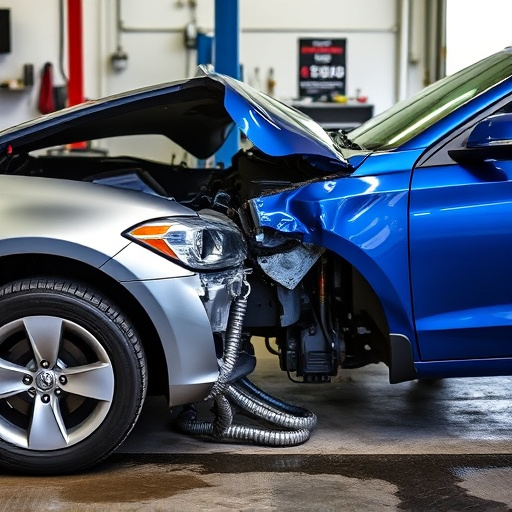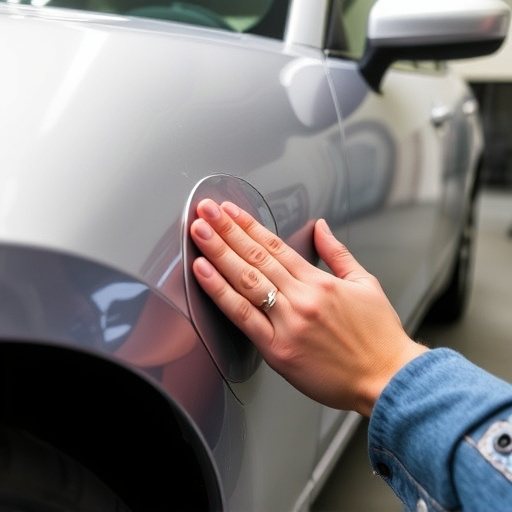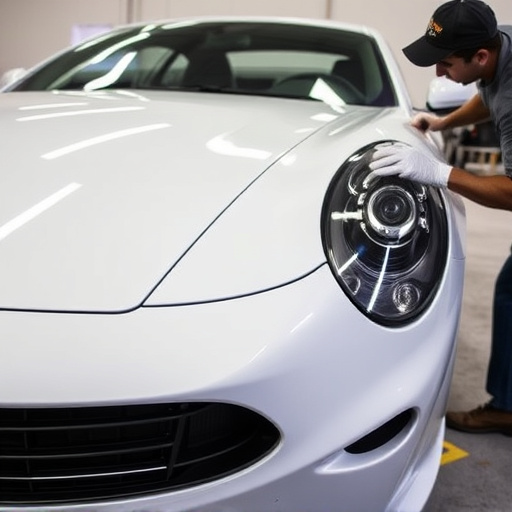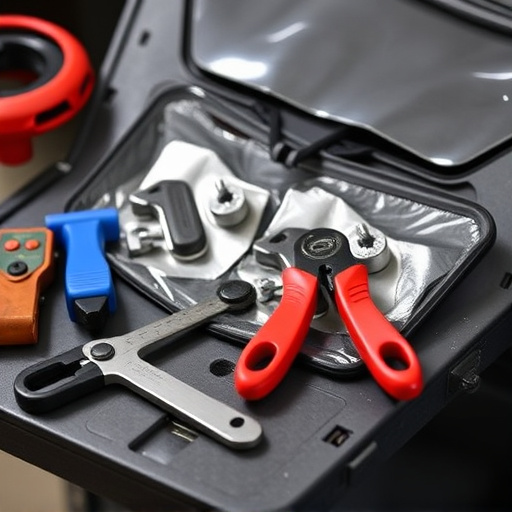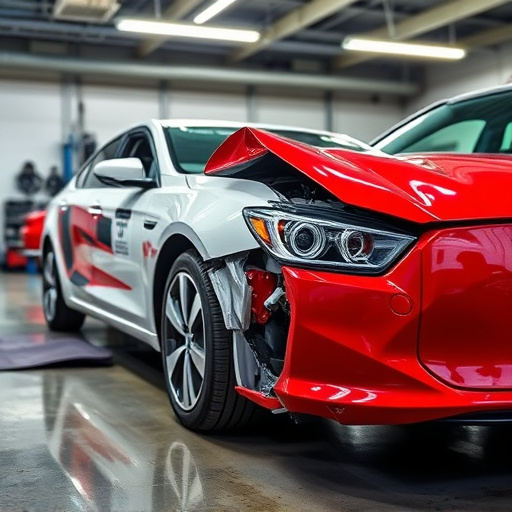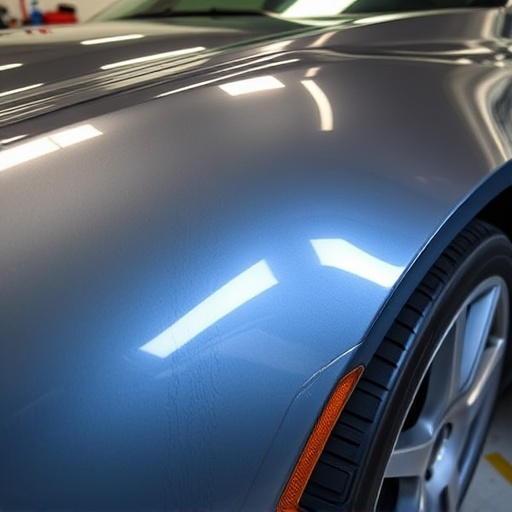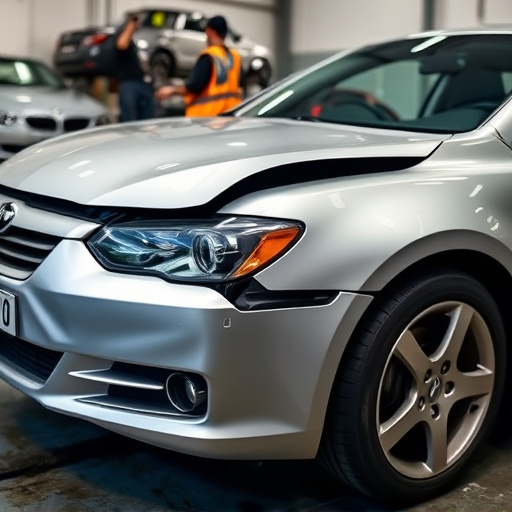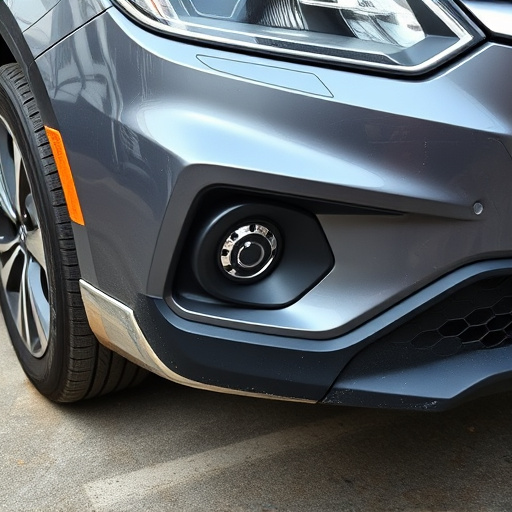Tesla's battery protection systems utilize advanced sensors and shielding to prevent damage from extreme conditions and impacts. Regular maintenance, including corrosion checks, is vital. Common issues arise from accidents, environmental factors, and improper maintenance. Skilled technicians employ comprehensive inspections, welding, and fabrication techniques to repair structural damage, emphasizing structural integrity essential for modern electric vehicle safety and performance.
Tesla vehicles are renowned for their cutting-edge technology, including sophisticated battery protection systems. However, these batteries are not immune to damage, leading to potential safety hazards and performance issues. This article delves into the intricacies of Tesla battery protection repair, exploring common problems, underlying causes, and effective solutions. By understanding these key aspects, owners can ensure optimal structural integrity and prolong their electric vehicle’s lifespan.
- Understanding Tesla Battery Protection Systems
- Common Issues and Causes of Battery Damage
- Effective Repair Techniques and Structural Reinforcement Methods
Understanding Tesla Battery Protection Systems
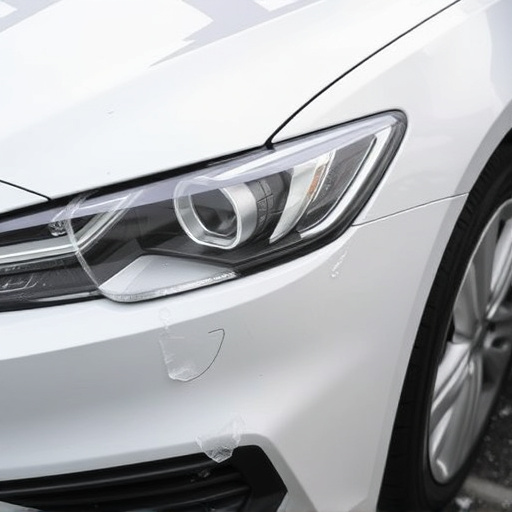
Tesla Battery Protection Systems are designed to safeguard the vehicle’s crucial lithium-ion batteries from potential damage and ensure their structural integrity over time. These systems incorporate advanced technology, including sophisticated sensors and robust shielding mechanisms, to prevent extreme temperatures, physical impacts, and short circuits. By maintaining optimal battery conditions, these protection measures extend the life of Tesla vehicles, enhancing overall performance and reliability.
Regular maintenance, such as checking for signs of corrosion or damage, is essential in ensuring the effectiveness of these systems. Should any issues arise, such as dents or scratches affecting battery components (including fenders), prompt action is required. Techniques like paintless dent repair can be employed to restore structural integrity without compromising aesthetics, akin to addressing car scratch repairs. This proactive approach guarantees that Tesla’s advanced battery protection remains robust, thereby securing the vehicle’s overall performance and safety.
Common Issues and Causes of Battery Damage

Tesla battery protection systems are designed to safeguard the vehicle’s crucial energy source, but they’re not invulnerable. Common issues can stem from various factors, including accidents and environmental exposure. A collision can cause direct damage to the battery pack, leading to short circuits or internal structural failures. Extreme temperatures, both hot and cold, can also degrade battery performance and life expectancy over time. Leaks or moisture intrusion through damaged seals or vents may result in corrosion and electrical issues.
Moreover, improper installation or maintenance can introduce problems. This might include incorrect wiring connections, inadequate grounding, or failing to address subtle signs of wear and tear. Regular maintenance checks are essential to identify these issues early. Auto glass repair or structural repairs after a collision should also consider the battery’s well-being to ensure safe and effective Tesla battery protection repair services.
Effective Repair Techniques and Structural Reinforcement Methods

In the realm of Tesla battery protection repair, effective techniques go beyond mere replacement. Skilled technicians employ a multi-faceted approach that includes meticulous inspection and structural reinforcement methods to ensure long-term reliability. This involves utilizing advanced diagnostic tools to pinpoint the source of damage, be it from impact events, corrosion, or environmental exposure. Once identified, specialized repairs are conducted, often requiring intricate welding and fabrication techniques to restore original integrity.
Structural integrity is paramount, especially in modern electric vehicle (EV) designs where the battery pack serves as a critical component both for performance and safety. Reinforcement strategies may involve enhancing existing frames, introducing new structural supports, or even modifying body panels to accommodate specialized battery protection systems. These enhancements mirror those seen in classic car restoration projects, where precision craftsmanship ensures not just visual appeal but also structural soundness—a principle equally vital for the high-tech battery protections found in modern automotive body shops.
In light of the above discussions, it’s clear that proper Tesla battery protection repair and structural integrity are paramount for maintaining electric vehicle performance and longevity. By understanding common issues, their causes, and implementing effective repair techniques, owners can safeguard their batteries against damage. With advanced reinforcement methods, we can ensure the structural integrity of these vital components, allowing Tesla vehicles to continue delivering efficient and sustainable driving experiences. Effective Tesla battery protection repair is not just a maintenance task; it’s an investment in the future of electric mobility.


